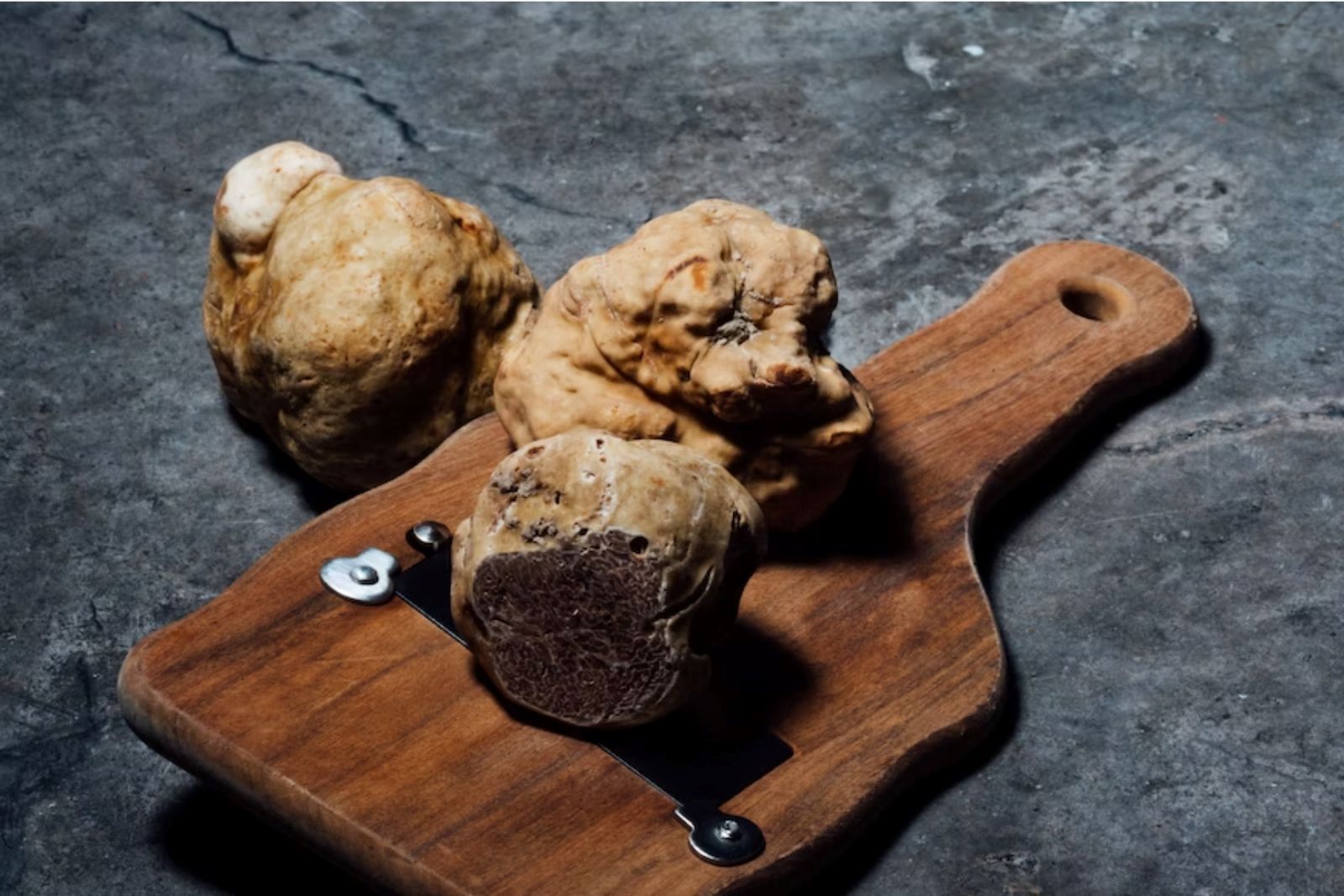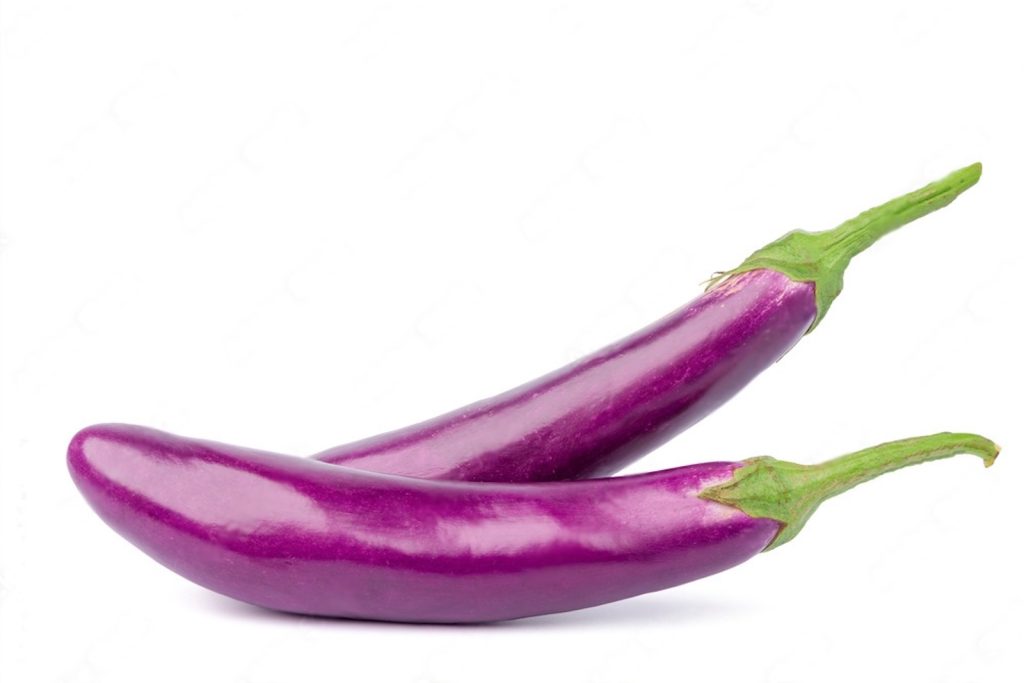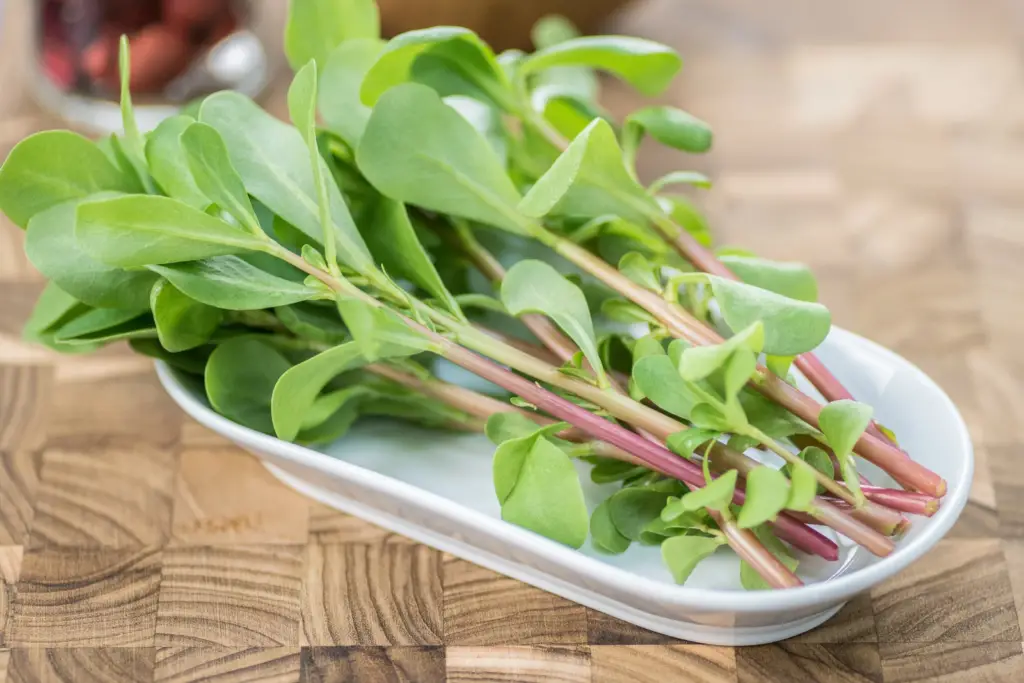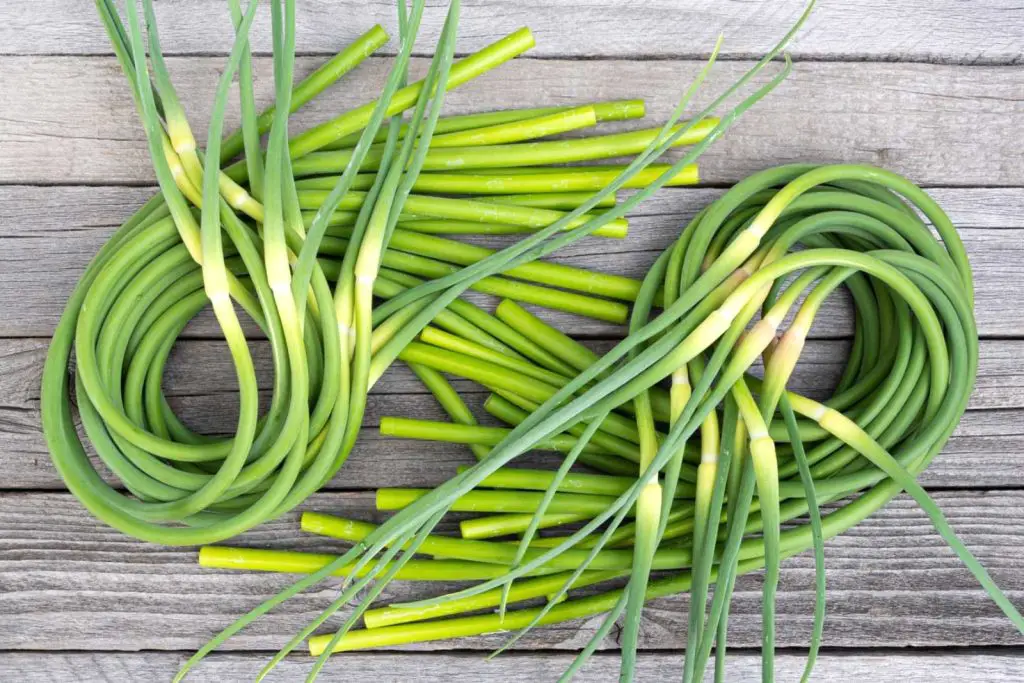
Truffles are prized culinary delicacies known for their unique and intense flavor. These underground fungi are highly sought after and can add a touch of luxury to any dish. Truffles are typically harvested during specific seasons, making it essential to know how to properly preserve them for future use. Freezing truffles is an effective method to extend their shelf life while maintaining their exquisite taste and aroma. In this article, we will provide you with a step-by-step guide on how to freeze truffles, ensuring that you can enjoy their decadent flavor throughout the year.
Here’s a comprehensive guide on how to freeze truffles:
Step 1: Select fresh truffles
When freezing truffles, the quality of the specimens you choose is paramount. Opting for fresh and high-quality truffles will ensure that you preserve their exquisite flavor and aroma. Here’s why selecting the right truffles is crucial:
- Firmness: Fresh truffles should have a firm texture. Gently press the truffles to ensure they are not overly soft or mushy. A firm truffle indicates that it is still in good condition and has not started to deteriorate.
- Aroma: Truffles are known for their intense and captivating aroma. When selecting truffles, give them a sniff. They should have a strong, earthy, and distinctive scent. A fragrant truffle is a good indication of its quality and flavor potential.
- Visual Inspection: Examine the truffles closely for any signs of mold, decay, or discoloration. Fresh truffles should be free from any blemishes or spots. They should have a consistent color throughout, depending on the variety (such as black or white truffles).
By choosing truffles that are in their prime, you ensure that their flavor and aroma will be at their peak. Fresh truffles provide a more satisfying culinary experience and retain their unique characteristics even after freezing. So, take the time to carefully select the best truffles available to enjoy their exceptional taste and aroma throughout the year.
Step 2: Clean the truffles
Cleaning the truffles properly before freezing is essential to maintain their natural characteristics and prevent any unwanted alterations in flavor and texture. Here’s why it’s important to follow the correct cleaning method:
- Dirt and Debris Removal: Truffles are harvested from the soil, and it’s common for them to have dirt or debris clinging to their surface. Gently brushing off any dirt ensures that you remove any potential contaminants and unwanted particles.
- Texture Preservation: Truffles have a delicate texture, and exposing them to water or other liquids can cause them to become soft or mushy. By avoiding the use of water, you help preserve the truffles’ firmness and integrity, ensuring they retain their desired texture when thawed.
- Flavor Retention: Truffles possess a unique and intense flavor profile. Using water or liquid during the cleaning process can dilute or alter their distinctive taste. To maintain the truffles’ natural flavors, it’s best to clean them without introducing any additional substances.
When cleaning truffles, a soft-bristle brush is the ideal tool as it allows you to gently remove any dirt or debris without damaging the truffle’s delicate surface. Take care to brush the truffles lightly, ensuring you cover all sides.
Step 3: Wrap the truffles individually
Properly wrapping each truffle individually before freezing is essential to protect them from freezer burn and preserve their delicate flavor. Here’s why individually wrapping the truffles is important:
- Freezer Burn Prevention: Freezer burn occurs when moisture evaporates from the surface of food in the freezer, leading to dehydration and a loss of quality. By wrapping each truffle individually, you create a barrier that helps prevent moisture loss and freezer burn. This ensures that the truffles maintain their desired texture and taste when thawed.
- Flavor Preservation: Truffles are renowned for their exquisite aroma and flavor. Wrapping them tightly in plastic wrap or aluminum foil helps seal in their distinct aroma, preventing it from escaping and preserving their intense flavor. This ensures that the truffles retain their unique characteristics even after freezing.
- Individual Protection: Individually wrapping the truffles provides a layer of protection against any potential cross-contamination or flavor transfer. By keeping each truffle separate, you can ensure that their flavors and aromas remain distinct, allowing you to enjoy the individual qualities of each truffle when they are eventually used.
When wrapping the truffles, make sure the wrapping is tight and secure, eliminating any air pockets. This helps maintain the truffles’ freshness and prevents any exposure to the cold air of the freezer, which can lead to quality degradation.
Step 4: Place the truffles in an airtight container
After individually wrapping each truffle, it is important to transfer them to an airtight container before freezing. This step provides an additional layer of protection against freezer burn and helps preserve the truffles’ flavor and aroma. Here’s why using an airtight container is crucial:
- Freezer Burn Prevention: Freezer burn occurs when air comes into contact with the surface of frozen food. By placing the wrapped truffles in an airtight container, you create a barrier that minimizes air exposure. This significantly reduces the risk of freezer burn and helps maintain the truffles’ quality.
- Odor Containment: Truffles have a strong and distinct aroma that can easily permeate other foods in the freezer. Using an airtight container helps contain the truffles’ aroma, preventing it from transferring to other items and ensuring that the truffles’ flavor remains pure and uncompromised.
- Added Protection: The airtight container provides an extra layer of protection against potential contaminants, such as odors or moisture from other items in the freezer. This helps maintain the truffles’ integrity and ensures they retain their exceptional taste and texture.
When selecting an airtight container, opt for options specifically designed for freezing, such as freezer-safe plastic bags or rigid plastic containers with tight-fitting lids. These containers are durable, resistant to cold temperatures, and effectively seal in the truffles’ freshness.
Step 5: Label and date the container
When freezing truffles, it is important to label the container with relevant information, including the type of truffle and the date of freezing. Proper labeling ensures that you can easily identify and select the appropriate truffle for your culinary creations. Here’s why labeling and dating the container is crucial:
- Flavor and Aroma Differentiation: Different types of truffles possess distinct flavors and aromas. Labeling the container with the type of truffle allows you to differentiate between them. This way, when you’re ready to use the frozen truffles, you can select the specific variety that best complements your desired dish or recipe.
- Culinary Planning: Truffles are often used in small quantities due to their intense flavor. By knowing the type of truffle and the freezing date, you can better plan your culinary endeavors. This information helps you keep track of how long the truffles have been frozen and ensures that you use them within a reasonable timeframe to enjoy their optimum taste and quality.
- Organization and Inventory Management: Labeling the container with the freezing date helps you keep track of your truffle inventory. It allows you to manage your frozen truffle supply efficiently, ensuring that you rotate them and use the oldest ones first. This practice helps prevent truffles from being forgotten or remaining in the freezer for an extended period, risking a decline in quality.
Step 6: Store in the freezer
Once the truffles are properly wrapped and placed in an airtight container, it’s time to store them in the freezer. Proper storage conditions are crucial to maintaining the truffles’ quality over an extended period. Here’s why proper freezer storage is important:
- Temperature Control: The freezer temperature plays a vital role in preserving the truffles’ quality. It is recommended to store truffles at a consistent temperature of 0°F (-18°C) or below. This low temperature helps prevent the growth of harmful microorganisms and maintains the truffles’ texture, flavor, and aroma.
- Location in the Freezer: Place the sealed container of truffles in the coldest part of the freezer, such as the back or bottom shelf. These areas tend to have a more stable temperature and are less likely to experience temperature fluctuations when the freezer door is opened. By storing the truffles in a consistently cold area, you minimize the risk of temperature variations that can affect their quality.
- Storage Duration: Truffles can be stored in the freezer for up to six months without significant loss of quality. Beyond this time frame, the truffles may start to deteriorate in texture and flavor. It is recommended to use the frozen truffles within this period to ensure the best culinary experience.
Step 7: Thaw and use frozen truffles
When it’s time to use the frozen truffles, it’s important to thaw them properly to preserve their texture and flavor. Thawing them at a controlled pace helps maintain their integrity. Here’s why the correct thawing process is crucial:
- Slow Thawing: To retain the truffles’ texture and flavor, it is recommended to thaw them slowly in the refrigerator. This gradual thawing process allows the truffles to thaw evenly and reduces the risk of moisture loss or mushiness. Avoid thawing truffles at room temperature or using methods like microwaving, as they can lead to uneven thawing and undesirable texture changes.
- Preservation of Aroma and Flavor: Slow thawing in the refrigerator helps preserve the truffles’ intense aroma and flavor. The controlled environment of the refrigerator ensures that the truffles’ unique characteristics are retained, enhancing the overall culinary experience.
- Prompt Usage: Once the truffles are thawed, it is best to use them promptly. Thawed truffles are more delicate and have a shorter shelf life than when they were frozen. To fully enjoy their exquisite taste, incorporate them into your dishes as soon as possible after thawing.
Remember to handle the thawed truffles with care to avoid unnecessary damage. If you have any leftover thawed truffles, they should be stored in the refrigerator and used within a day or two for the best taste and quality.
Other related questions
Can I refreeze truffles?
No, it is not recommended to refreeze truffles once they have been thawed. Refreezing can negatively impact the texture, flavor, and overall quality of the truffles. To ensure the best taste and experience, it is advisable to use the thawed truffles promptly and avoid refreezing them.
How do I know if the truffles have gone bad after being frozen?
To determine if frozen truffles have gone bad, check for signs of spoilage such as a strong unpleasant odor, mold growth, or significant discoloration. If the truffles appear slimy, have an off-putting smell, or exhibit a substantial change in texture, they may have deteriorated and should be discarded. It is important to use your senses of smell, sight, and touch to assess the truffles’ condition before consuming them.
Can I freeze truffle slices or truffle-infused products?
Yes, you can freeze truffle slices or truffle-infused products. Similar to freezing whole truffles, ensure they are properly wrapped, placed in an airtight container, and stored in the freezer. However, be aware that the texture and flavor of the truffle slices may slightly change upon thawing.
Are frozen truffles as good as fresh truffles?
While frozen truffles can be a convenient way to enjoy truffles when they are out of season, they may not have the exact same quality as fresh truffles. Freezing can slightly alter the texture and intensity of flavor. However, when properly frozen and thawed, they can still provide a delightful culinary experience.
Can I freeze truffle shavings or grated truffles?
Yes, you can freeze truffle shavings or grated truffles for extended storage. Place them in airtight containers or freezer bags, ensuring proper sealing to maintain their delicate flavor and aroma. Freezing truffle shavings or grated truffles can preserve their quality, making them convenient additions to your culinary creations.
Can I freeze truffles in water or oil?
Freezing truffles in water or oil is not recommended. Water can cause ice crystals to form on the truffle’s surface, affecting its texture, while oil can become solid and alter the truffle’s flavor. It’s best to wrap truffles individually and freeze them without any additional liquids.








